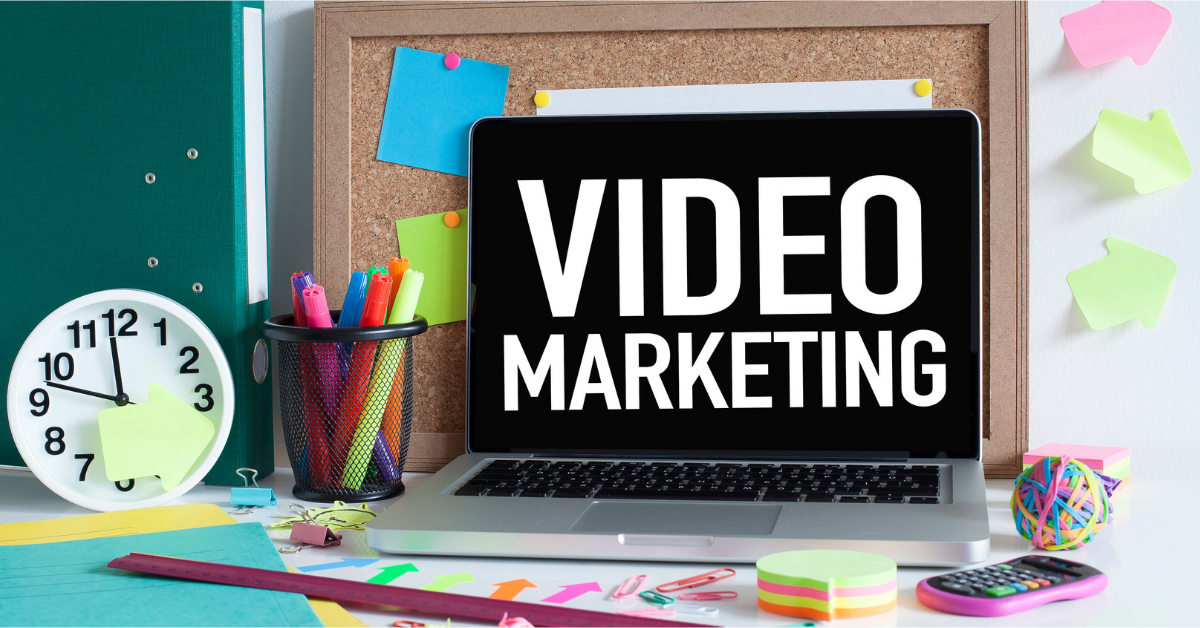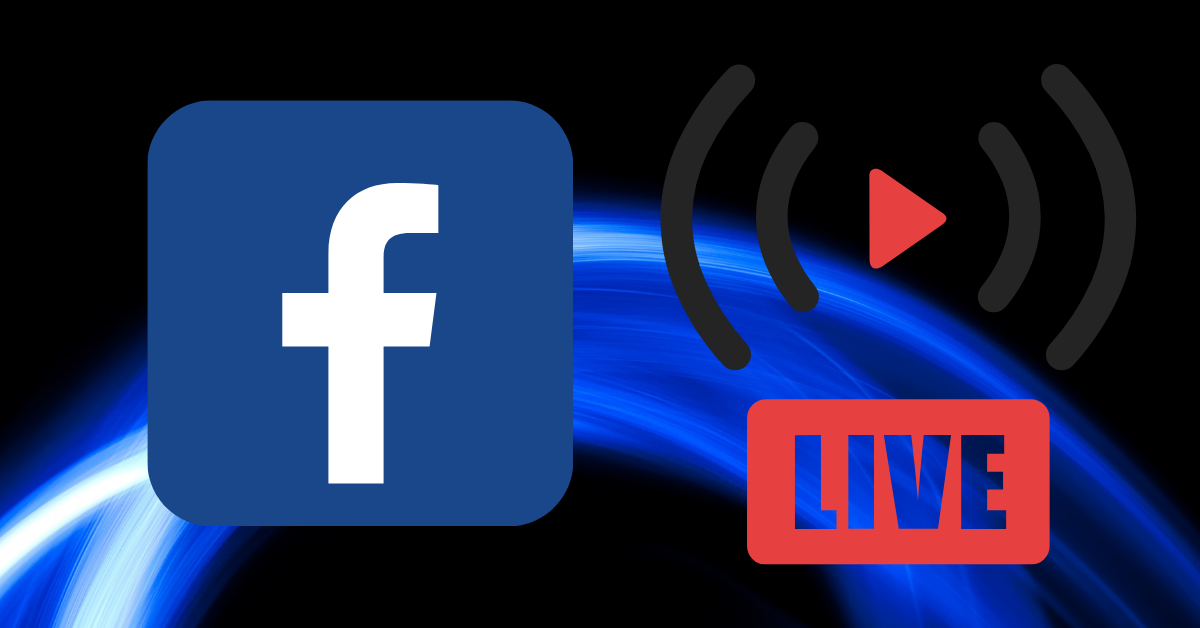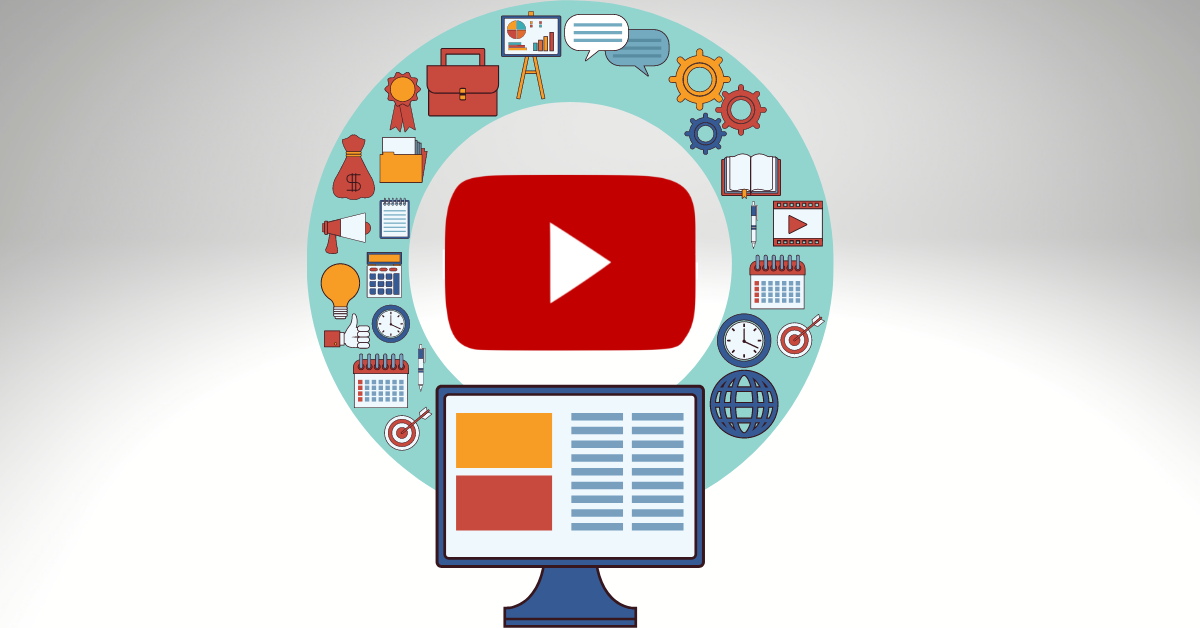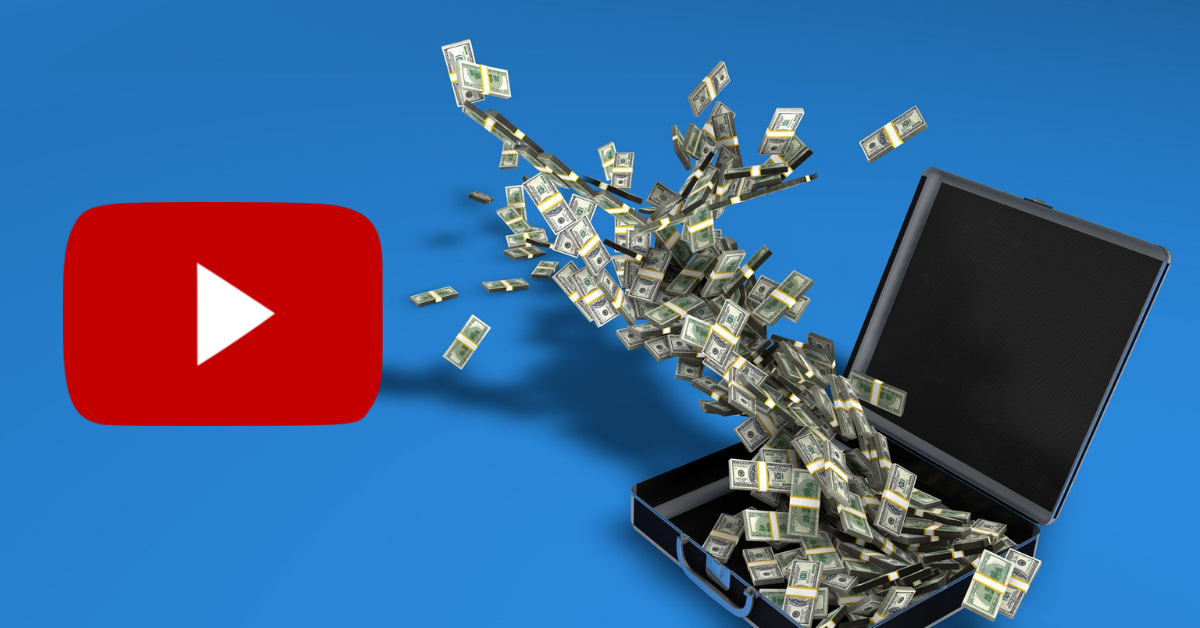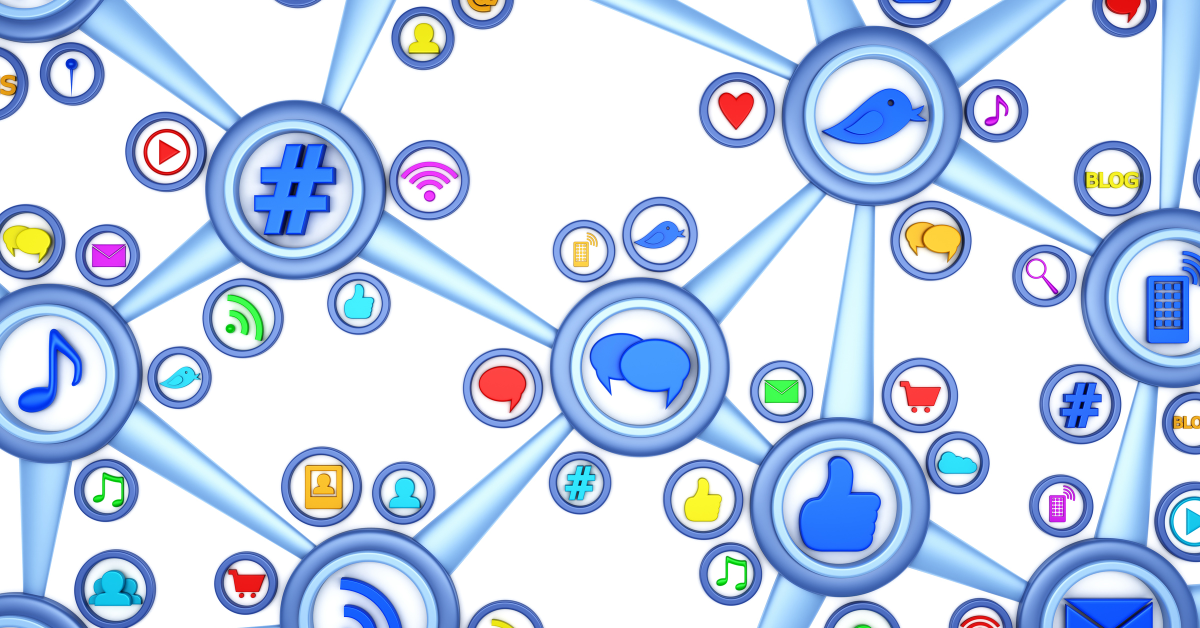Video marketing is now an important piece of a digital approach. If a brand or business does not use video ads, it is missing a grand opportunity. Video content draws customers and prospects. People are very fond of explainers, how-tos, live streams, product reviews, testimonials, tutorials, and vlogs.
A video marketing agency Hong Kong recommends using video content regardless of the size of your business. It makes branding more memorable and marketing more engaging. If you are still in doubt, here are the best reasons why video marketing is more popular than ever!
WHAT IS VIDEO MARKETING?
A digital marketing speaker Hong Kong notes that if a picture paints a thousand words, how much more video can do? It defines video marketing as the use of video content to promote a brand, product, or service.
Video marketing can be implemented in almost any advertisement channel. It can be utilized for advertising, communication, and public relations. It can even be a big boost on eCommerce. But today, the best way to use video content is through social media. According to a social media agency Hong Kong, most social media users prefer watching a video to reading a blog post.
WHAT ARE THE TYPES OF VIDEO MARKETING?
Video marketing involves a lot of format, length, and styles. That is why there are so many options to use video content in marketing. They are more authentic. Today, the rawer and simpler a video ad is, the more people engage in it. Below are the top 10 types of videos used in digital marketing:
- Branded videos like that of Starbucks teaching clients about fine coffees and how it feels to smell the dark aroma of roasted coffee.
- Demo videos like that of Peloton showing how it feels being in a fitness class or indoor cycling, etc.
- Event videos to campaign for an upcoming event. One good example is the emotional storytelling of “In Pursuit of Greatness.” It is Wimbledon’s first video campaign with a cinematic look reflecting the brand’s unique character and history.
- How-to are educational videos that aim to help the viewers learn something. By showing exactly how to do a task step by step, it makes things easier to grasp.
- Live Streams are the most popular video format today. People love to share real-time experiences and a live broadcast answer it. It also uptick connection with your target audiences as they can address queries right then and there.
- Podcast videos tap into the audience through engagement and trust. It is a strategic way to relay a brand message naturally.
- Q & A videos are very helpful in answering the audiences’ queries. They also help attract more traffic online.
- Testimonial videos feature how products and services solve the customer’s pain points. They are beneficial in building loyalty and trust among brands and businesses.
- Webinar videos are a great way to engage an audience when presenting a list of products and services. Such live interactions can boost conversion and engagement.
- Vlogger videos are about anything under the sun. But when they relate to a brand, they largely influence the buying experience.
WHY VIDEO MARKETING IS MORE POPULAR THAN EVER?
Here are some tidbits about why video marketing is more popular than ever:
- More than 50% of modern consumers prefer video content from brands and businesses. A majority of audiences pay more attention to videos than audio content or text. It is true not only among millennials but also among boomers, GenZers, and older consumers. In fact, videos are expected to occupy 85% of the Internet traffic by 2022.
- Professionals use videos as a marketing tool. As more brands and businesses realize the importance of video marketing, 87% of professionals from different industries utilize video as a marketing tool. It is also how they connect with other businesses and nurture B2B campaigns.
- Video marketing boost brand awareness, leads, and sales. More than 72% of digital marketers have noted increasing brand awareness through video content. Video marketing boosts lead by 66% annually. While 66% of businesses generate more sales compared to those who do not utilize video content on their campaigns.
- Social media users love videos. There are 4.48 billion social media users out of 7.9 billion people in the world. Among digital marketers, 93% landed a new customer because of video ads. Facebook, Instagram, and YouTube are the top 3 platforms for video marketing. Around 76% of brands and businesses use video ads on Facebook, while 88% do video marketing on YouTube.
Reference:
https://burrelles.com/why-video-marketing-is-as-popular-and-necessary-as-ever/
